nalco group
bone, muscle & joint pain physio
BOOK NOW / WHATSAPP ABOUT YOUR PAIN OR INJURY
- ORCHARD 400 Orchard Road #12-12 Singapore 238875
- TAMPINES 9 Tampines Grande #01-20 Singapore 528735
- SERANGOON 265 Serangoon Central Drive #04-269 Singapore 550265
Home > Blog > Physiotherapy > Conditions > Shoulder Pain > Shoulder Blade Pain > Humerus Fracture Physiotherapy
Humerus Fracture Physiotherapy
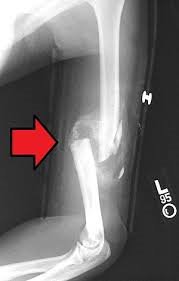
A humerus (or humeral) fracture is refers to a break in the bone
of the upper arm. The humerus bone is the long bone that is located between the
shoulder and the elbow.
Humeral fractures can be categorized into three type of groups, depending on which part of the bone is broken. A proximal humerus fracture is when the humerus bone is broken at or near the top, near or at the shoulder.
Mid-shaft humeral fractures, however, which are also known as
- humeral shaft fracture or
- diaphyseal humerus fractures
refer to a break somewhere in the middle section of the bone. Distal humerus fractures are where the humerus bone is broken the furthest away, nearer the elbow.
About 3 - 5% of all broken bones are midshaft humeral fractures and these kind of fractures tend to affect
- young males (20-30’s) who have experienced a high-energy or high-impact type of injury
and
- elderly females (60-70’s) with low-energy or low-impact type of injuries
More below.
Humeral Shaft Anatomy and review
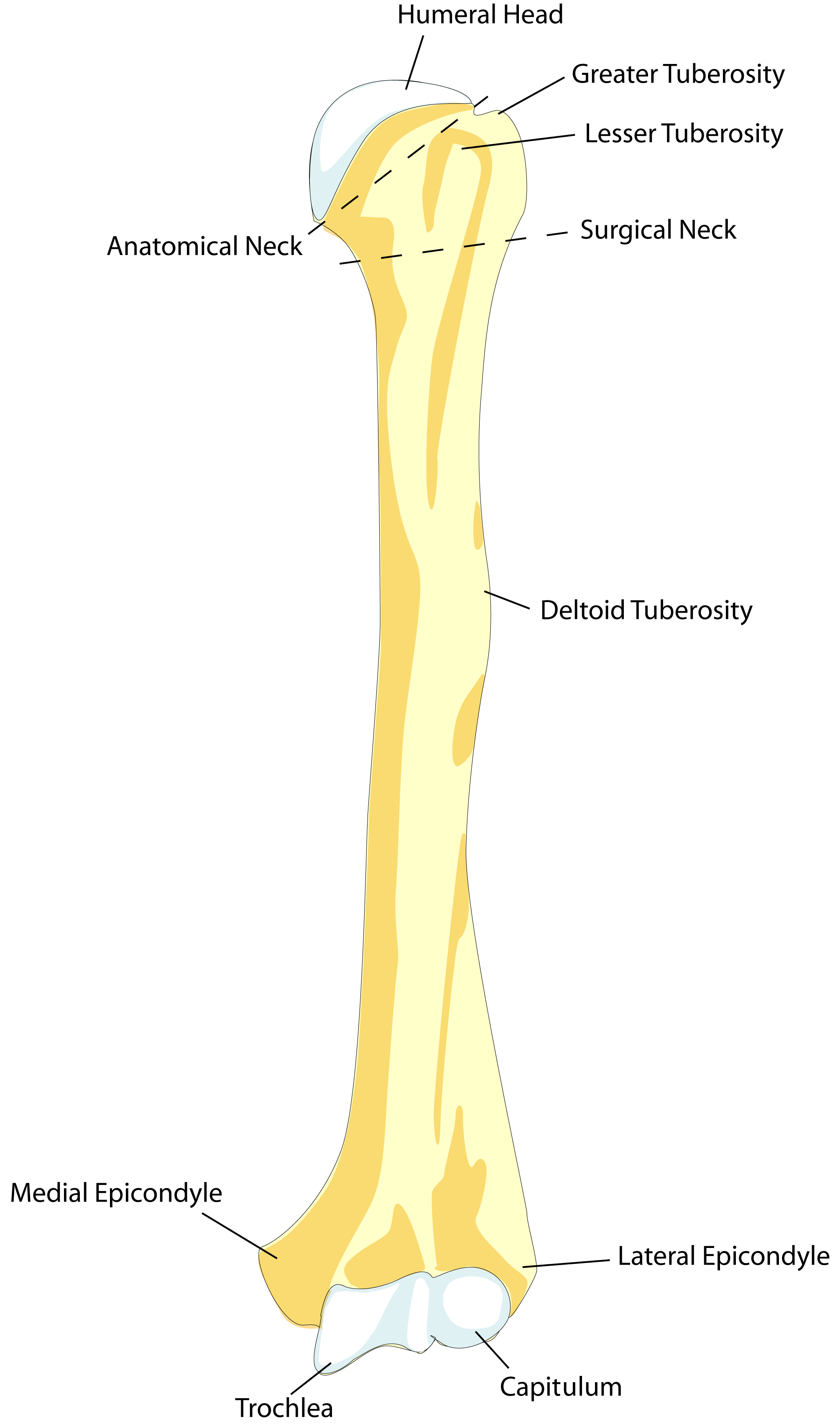
So the mid-shaft region of the humerus is the long, thin part of the bone.
The higher top part is cylindrical in shape and as it goes downwards closer and closer towards the elbow it becomes narrower and more prism shaped. The back surface of the shaft of humerus is bigger than the front part of the bone.
The shaft of humerus can be divided into three (3) thirds:
- the proximal (upper) third
- middle (mid) third and
- distal (lower) third
what are the Common Causes of Midshaft Humerus Fractures
Most of the time, midshaft humerus fractures are usually the result of:
- A Fall / Falls:
the most common cause of a midshaft humeral fracture, particularly in
the elderly, is a simple fall. Occasionally it may be caused by falling
onto an outstretched hand when the arm is abducted – out to the side
- Direct Forces And Blows: high energy force such as in sports injuries and motor vehicle accidents that affect the upper arm often causes a transverse fracture
- Torsion (Rotational) Forces:
Forceful twisting of the upper arm can lead to a long-ish spiral fracture of the humerus. Long,
spiral humeral fractures in children should be carefully examined as
they may indicate child abuse, neglect and social issues
- Bone Disease: Metastatic breast cancer can cause spontaneous fractures in the middle of the humerus "just like that"
categorization of Humerus Fractures
Midshaft humeral fractures can be classified into different types depending on the location and direction of the break and the associated damage:
1. Location
- Proximal Third: 30% of humeral fractures occur in the top third region
- Middle Third: 60% of mid shaft humerus fractures occur in the middle portion (this article is about mid shaft humeral fractures)
- Distal Third: 10% of humeral shaft fracture occur in the lower third
2. Fracture Pattern
- Transverse Fracture: Where the line of the fracture runs perpendicular to the bone shaft i.e. horizontally in the humerus (like a straight fracture across the humerus)
- Oblique Fracture: where the fracture line is angled
- Spiral Fracture: where there is a spiral-shaped fracture line usually due to twisting of the bone, it's a fracture that seems to "go around the bone"
- Comminuted Fracture: where the bone breaks into several pieces / fragments
- Segmental Fracture: Where there are at least two fracture lines that together isolate a section of bone
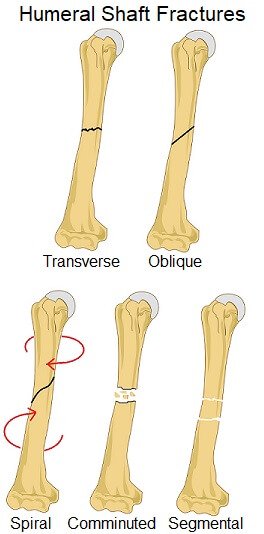
3. Degree of Displacement
A displaced humeral fracture happens when the fractured humeral bone fragments of the shaft do not line up normally. A non-displaced fracture is where normal alignment is maintained despite the fracture line.
4. Soft Tissue Damage
- Open Fractures: Open fractures happen when the broken bone puncturing through the skin from the inside (note that it could also be from a blow to the shoulder that cuts through the skin and muscle). Around 3-10% of humeral shaft fractures are open fractures.
- Closed Fractures: Most humeral fractures are closed fractures, where the skin remains unbroken.
5. Pathological Fracture
This type of fracture is where the bone has broken due to a disease that has weakened the bone such as metastases and cancer. When it's pathological fractures, there may not have a specific incident that had directly caused the injury, the midshaft humerus fracture may have occurred spontaneously (yeah that can happen and does happen).
Symptoms of Midshaft Humeral Fracture
Whichever part of the bone is broken, a midshaft humerus fracture will typically cause:
- Pain:
There is usually instantaneous severe, ongoing pain associated with the
fracture. Patients WILL know that they had hurt themselves badly, and
potentially fractured their bone
- Restricted Arm Movement: Shoulder and arm movement will have a lot of pain so typically patients with a midshaft humerus fracture will definitely be protective and often unwilling to move their arm. There will be associated weakness throughout the whole arm including the wrist and hand
- Swelling And Bruising: There will be significant swelling and bruising in the upper arm which may travel and go all the way down to the hand. The swelling normally comes on fairly fast and this is due to extensive soft tissue damage and bleeding in the surrounding area
- Bony Sounds and Sensations (Crepitus): Patients will be alarmed of the grinding, grating sound and sensation when the fractured pieces rub against each other directly
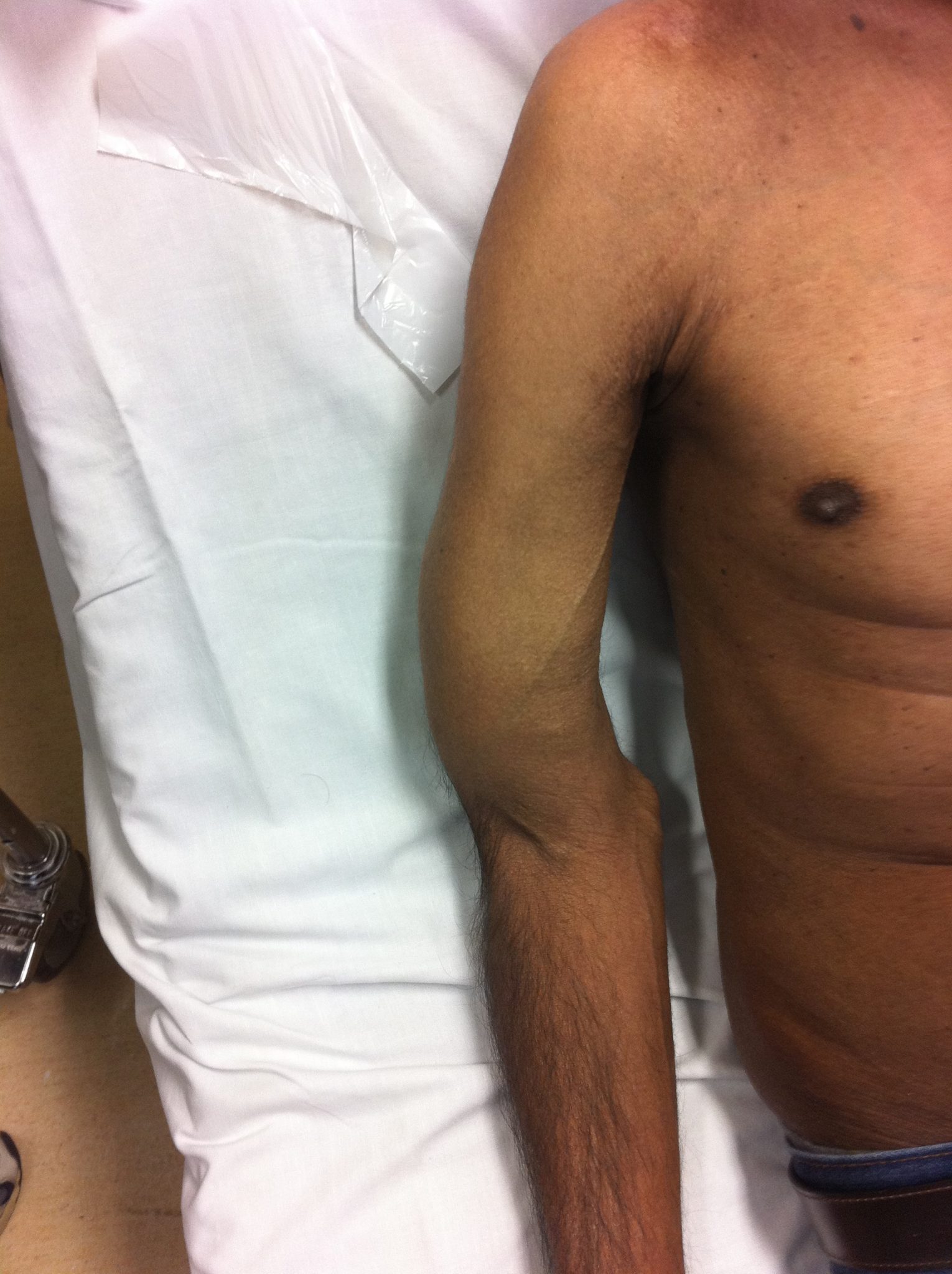
- Obvious Fracture Deformity: If the midshaft humeral fracture is displaced (moved), there may be an obvious deformity of the upper arm or looking abnormal e.g. the arm may appear shorter than normal if the bone at the fracture site has overlapped
- Bleeding: If the humeral fracture is an open fracture where the bone has pierced through the skin, there will be bleeding (or if the blow or force split the skin and soft tissue).
- Altered Sensation:
If there is nerve damage associated with the humerus fracture, then
there may be altered sensation such as pins and needles or numbness
at and below the fracture site. Normal movement at the wrist and hand may also
be affected (motor aspect of the nerve can be injured. Unfortunately radial nerve damage is fairly common with humeral shaft fractures =(
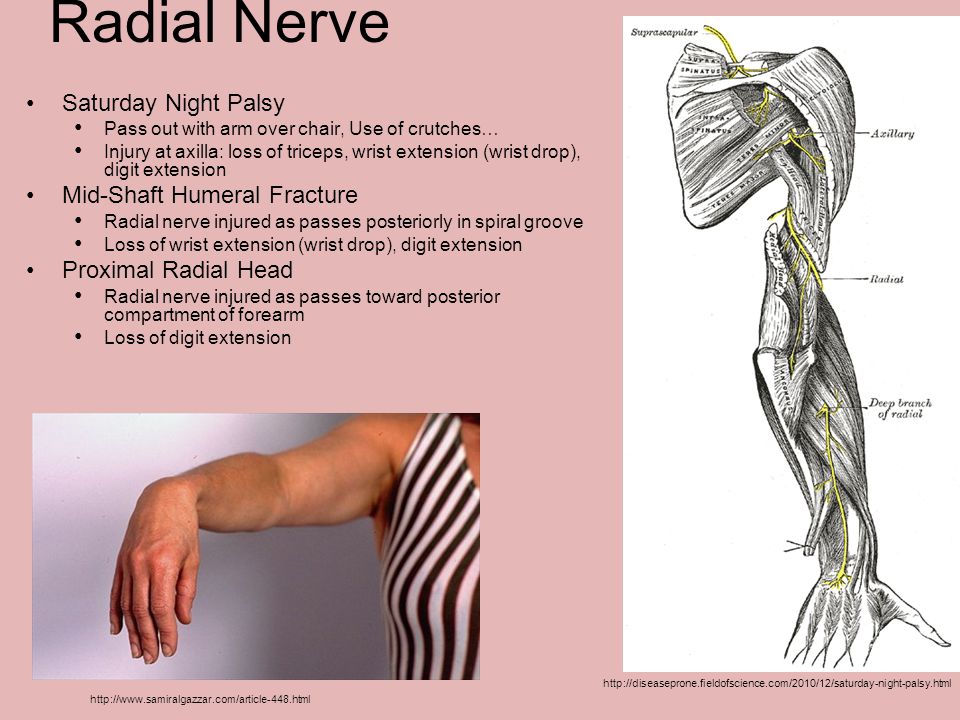
Diagnosing Humeral Shaft Fractures
Sometimes, midshaft humeral fractures can be very obvious especially when there is obvious fracture deformity. However in many of them, the attending doctor will need to confirm these fractures with imaging.
If you doctor suspects a midshaft humerus fracture you will be sent for x-rays.
X-rays will be taken in different directions, usually from
- front to back (AP) and
- from the side (lateral)
and both the shoulder and elbow joints should be evaluated for any damage.
X-rays help the doctor to see where the fracture is, what type of fracture it is, any associated damage and the severity of the injury so that they can plan the best course of treatment.
what are the common Treatments of Midshaft Humerus Fractures
Treatment for humerus fractures will vary a little depending on the
location and severity of the fracture, but good news is that in most cases, surgery is not
required. Approximately 90% of humeral shaft fractures unite (heal)
without the need for surgery, and just with shoulder humeral physiotherapy.
Non-Surgical Treatment
Non-surgical treatment for a midshaft humerus fracture usually consists of:
1) Immobilisation
The first 4 weeks patients will have to protect and immobilize the humeral midshaft fracture to allow:
- fracture to start to form
- swelling and pain to subside
Humeral shaft fractures are typically treated with a coaptation splint that extends from the shoulder and extends all the way to the forearm, and at the same time, it holds the elbow in 90 degrees flexion.
In some cases, you may also be additionally given a collar and cuff sling to support the arm.
Please understand that it is really important to let the arm hang by your side without any support through the elbow as this allows gravity to help realign the fracture (often patients try to "support" the fracture by tightening their biceps and/or elbow but that's not the right way to encourage humeral fracture healing).
If there is any pressure through the elbow it pushes the bones together resulting in them healing in the wrong position.
After two to three weeks the coaptation is switched for a functional
brace or a cylindrical brace that fits around the upper arm
holding the humerus in place. It leaves the shoulder and elbow free to
move which helps prevent stiffness.
2) Medication
You will be prescribed painkillers and anti-inflammatories. If you have an open fracture you will be given additional antibiotics to reduce risk of infection.
3) Exercises
Our senior physiotherapists will partner with you and work together with you through a shoulder physiotherapy program with you after your midshaft humeral fracture.
We will help you get started with active exercises for the elbow, wrist and hand to prevent stiffness and weakness from developing and it is usually fine to take your arm out of your sling to do these exercises.
Once your orthopedic doctor had determined that your humeral fracture has started to unite, they'd let us know and we will get you started on shoulder mobility exercises. - we usually start shoulder exercises with very safe pendulum exercises where patients use gravity to move the arm, and active assisted exercises where you use your good arm to support and move the broken arm.
After just a few weeks we will be able to progress you with progressive strengthening exercises and more advanced range of motion exercises.
Hey, do note that it is very, very important to stick with the shoulder physiotherapy program with us and to do your shoulder exercises every day until you have regained full
- strength
- flexibility
and
- movement
at the shoulder, elbow and hand.
...because if you stop too soon, or only do your exercises sporadically you are likely to have ongoing limitations in the mobility, strength and function of your arm.
Surgical Treatment
Around 10% of humeral shaft fractures with require surgical treatment.
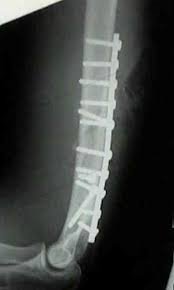
If the bone fragments have moved or are displaced, then the broken fragments will need to be realigned and held in place. This process is typically known as "ORIF", which stands for open reduction internal fixation (
Most of the time, the humeral fracture is secured with either:
Metal Plates
Humeral
shaft fractures that require surgery are usually treated with a large
metal plate that are securely held in place by screws.
- Pros: Highest success rate for surgical treatment of humerus fractures
- Cons: Higher risk of nerve damage and non-union than non-surgical treatment
Intramedullary (IM) Rods
In some cases a
humerus fracture will treated surgically with an intramedullary
rod/nail. This is when a long metal rod is placed down the middle of the
bone. IM nails can be used to stabilise a humerus fracture that is
between 2cm below the surgical neck and 3 cm above the elbow.
- Pros: Less invasive and less chance of nerve damage.
- Cons: Lower healing rate and higher rate of non-union.
These implants are designed to hold the bones together while the fractured parts heal – and patients should expect full union to be achieved.
Metal implants are not meant to be a long term solution and they tend to need to be removed. If the bones fail to unite, then there is a high chance that the implant will at some point fail and further surgery may be required.
The usual indications for treating a midshaft humerus fracture surgically are:
- If The Humeral Fracture Can’t Be Reduced / Aligned: In some cases, it may be difficult to realign the bones, or maintain the realigned position. This is usually due to associated soft tissue injuries, head injuries, secondary injuries or patient obesity
- Open Fractures And Bleeding: If the bone has shifted enough to pierce and puncture the skin it is unlikely that the bone will realign without surgery, and it is likely severe enough to warrant immediately corrective surgery
- Segmental Fractures: If the fracture has caused a fragment of bone to break off, it will often need to be secured surgically
- Multiple Fractures: If the humerus has broken into 4 or more pieces, or if both the left and right upper arms are broken, or there is a break in one of the forearm bones on the same side then surgery is usually necessary
- Vascular Damage: If there is significant vascular damage then surgery will be required
- Nerve Damage: If the brachial plexus has been damaged then surgery is usually necessary. If the radial nerve has been damaged, it does not usually require surgical intervention unless there are associated injuries – the radial nerve damage will most likely heal within 3-4 months without the need for surgery
- Non-Union: If after a few weeks the humeral shaft fracture has failed to heal and the bones haven’t united then surgery may be necessary to stabilise the bone
- Skin or Soft Tissue Damage: If the skin or soft tissues of the upper arm have been damaged to the extent that it is not possible to wear a splint, e.g. severe burns, then surgery may be required
Recovery Process
Over 90% of humerus fractures treated non-operatively will unite and
are usually fully healed (complete union) within 8-12 weeks. Though older
patients may not regain full 100% shoulder movement, but they usually regain
enough functional range for their day to day activities (we will always aim for 100% of course)
Complications are more common with complex fractures and those requiring surgery, orthopedic surgeons will tend to be more conservative and try to prevent unnecessary surgeries,
Mid-shaft fractures may heal with slight angulation i.e. even though healing may not be completely straight, but this doesn’t usually cause any functional issues as the shoulder and elbow accommodate.
Complications of Midshaft Fractures
At The Time Of Injury
Nerve Damage
There is often associated damage to the surrounding nerves with midshaft humerus fractures (such as in radial nerve damage).
The most commonly damaged nerve is the radial nerve, as the nerve wraps around the back of the humerus, with between 8-15% of midshaft fractures resulting in radial nerve damage.
Injury to the
radial nerve usually occurs at the time of injury, but can also occur
when the fracture is reduced so great care should be taken when
realigning the bones too.
Blood Vessel Damage
There may be damage (or risk of damage) to the brachial artery
During Recovery
- Frozen Shoulder - This is when the capsule of the shoulder joint becomes inflamed and
thickened typically due to lack of shoulder movement after a shoulder
fracture
- Myositis Ossificans - This is where calcification develops in the surrounding muscles.
Myositis ossificans is usually caused by returning to activities too
quickly after a midshaft humerus fracture
- Fracture Angulation - Often the bone heals at a slight angle but it rarely has any function impact and is usually not visibly noticeable
- Mal-Union or Non-Union - Mal-union is when the bone fragments unite significantly out of normal alignment. Non-union is where the bone fragments fail to unite back together – this is rare with a midshaft humerus fracture occurring in only 4% of cases and tends to occur with a proximal third midshaft fracture or spiral humerus fracture.
shoulder humeral fracture physiotherapy
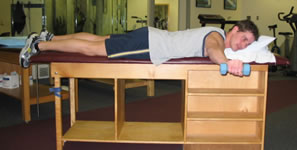
Patients may also receive the following physiotherapy treatment modalities:
- cold therapy
- moist heat paraffin wax therapy
- radio-frequency Indiba physiotherapy to accelerate soft tissue healing
- joint mobilization
- stretching exercises
- strengthening exercises
- scar management
- hands on manipulation and mobilization (manual therapy)
- computerized spinal decompression traction
- soft tissue management
- heat therapy and heat treatment and heat pack to relief tight muscles and joints
- ultrasound therapy to accelerate soft tissue healing
- exercise therapy
- acupuncture and/or dry needling
- deep tissue release
- and more
